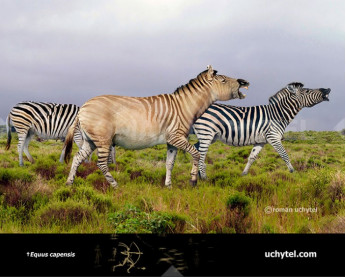New World stilt-legged horse
2845528455
New World stilt-legged horse (†Haringtonhippus francisci (Hay, 1915)), (†Haringtonhippus (Heintzman et al., 2017))
Order: Perissodactyla
Family: Equidae
Genus: Equus
Expansion: late Pleistocene of North America (~3–0.011 Ma )
Dimensions: 2,3 m in length, 130 cm in height, ~350 kg of weight
Haringtonhippus is an extinct genus of equine from the Pleistocene of North America The genus is monospecific, consisting of the species H. francisci, initially described in 1915 by Oliver Perry Hay as Equus francisci. Prior to the naming of the genus, it was sometimes referred to as the New World stilt-legged horse, in reference to its slender distal limb bones, in contrast with those of contemporary "stout legged" caballine true horses.
Haringtonhippus fossils have only been discovered in North America. Specimens have been found from southern Mexico to southern South Dakota and in Alberta, Canada, at sites such as Gypsum Cave and Natural Trap Cave, as well as eastern Beringia in Yukon. A later study found that Equus conversidens and Equus cedralensis from the Late Pleistocene of Mexico also belonged to this species. The earliest species of the lineage appeared in North America during the Late Pliocene to Early Pleistocene, around 2 to 3 Ma. It became extinct at the end of the Late Pleistocene.
A 2017 paper placed Equus francisci outside Equus based on a phylogenetic analysis of DNA sequences, leading to erection of the new genus Haringtonhippus. The genus is phylogenetically closer to Equus than to Hippidion. It is estimated to have diverged from Equus around 4.1–5.7 million years ago, during the late Hemphillian or early Blancan.
A 2019 morphological study found H. francisci to be nested within Equus in a polytomy with E. conversidens and the plains zebra (E. quagga), supporting synonymization of Haringtonhippus with Equus.
Оплата
У Вас є кілька зручних способів купівлі зображення: кредитна чи дебетова картка Visa, Mastercard, Maestro; PayPal або банківський переказ
New World stilt-legged horse (†Haringtonhippus francisci (Hay, 1915)), (†Haringtonhippus (Heintzman et al., 2017))
Order: Perissodactyla
Family: Equidae
Genus: Equus
Expansion: late Pleistocene of North America (~3–0.011 Ma )
Dimensions: 2,3 m in length, 130 cm in height, ~350 kg of weight
Haringtonhippus is an extinct genus of equine from the Pleistocene of North America The genus is monospecific, consisting of the species H. francisci, initially described in 1915 by Oliver Perry Hay as Equus francisci. Prior to the naming of the genus, it was sometimes referred to as the New World stilt-legged horse, in reference to its slender distal limb bones, in contrast with those of contemporary "stout legged" caballine true horses.
Haringtonhippus fossils have only been discovered in North America. Specimens have been found from southern Mexico to southern South Dakota and in Alberta, Canada, at sites such as Gypsum Cave and Natural Trap Cave, as well as eastern Beringia in Yukon. A later study found that Equus conversidens and Equus cedralensis from the Late Pleistocene of Mexico also belonged to this species. The earliest species of the lineage appeared in North America during the Late Pliocene to Early Pleistocene, around 2 to 3 Ma. It became extinct at the end of the Late Pleistocene.
A 2017 paper placed Equus francisci outside Equus based on a phylogenetic analysis of DNA sequences, leading to erection of the new genus Haringtonhippus. The genus is phylogenetically closer to Equus than to Hippidion. It is estimated to have diverged from Equus around 4.1–5.7 million years ago, during the late Hemphillian or early Blancan.
A 2019 morphological study found H. francisci to be nested within Equus in a polytomy with E. conversidens and the plains zebra (E. quagga), supporting synonymization of Haringtonhippus with Equus.

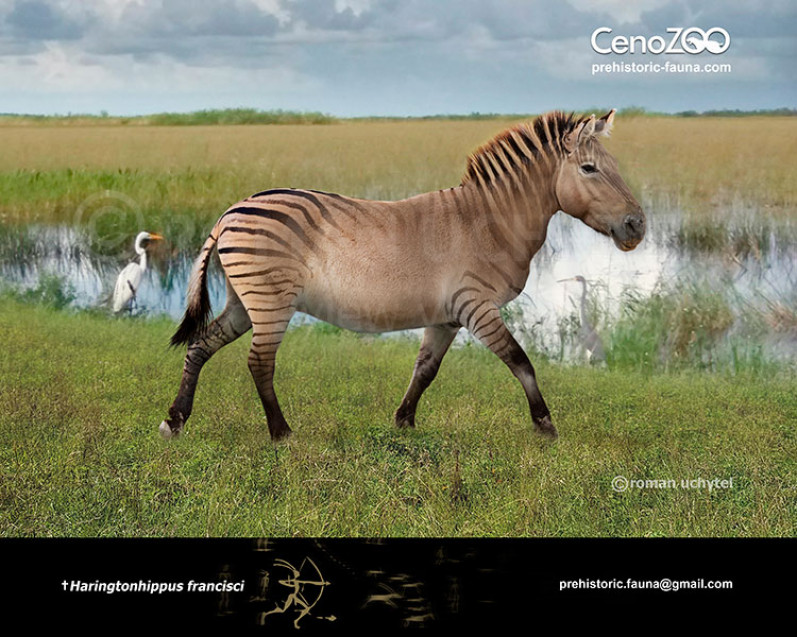
-797x638.jpg)
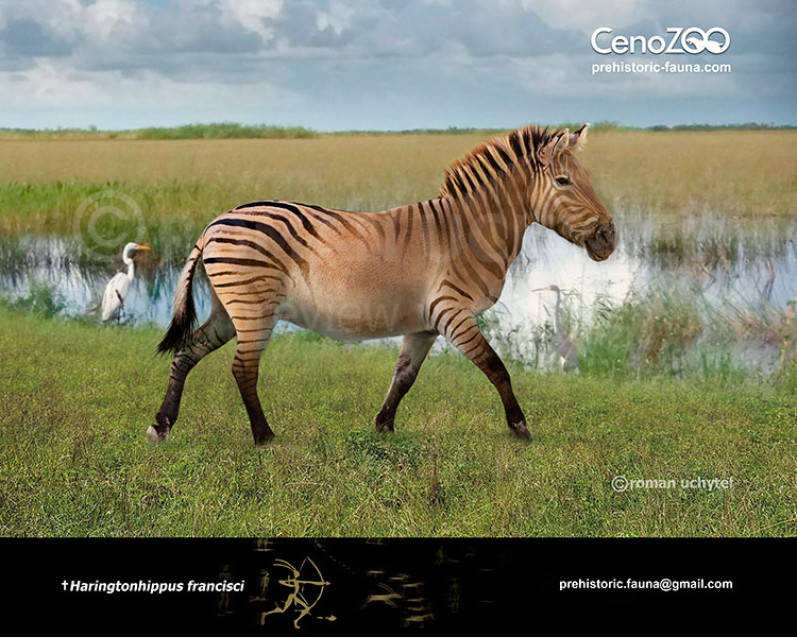

-70x56.jpg)

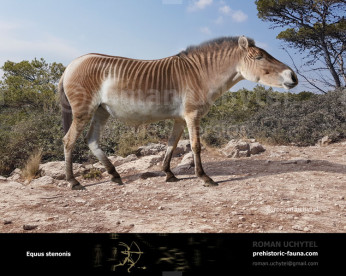
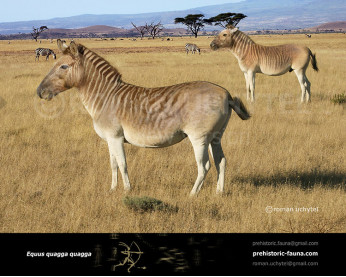

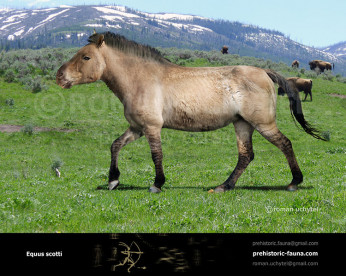
-andium-346x277.jpg)
